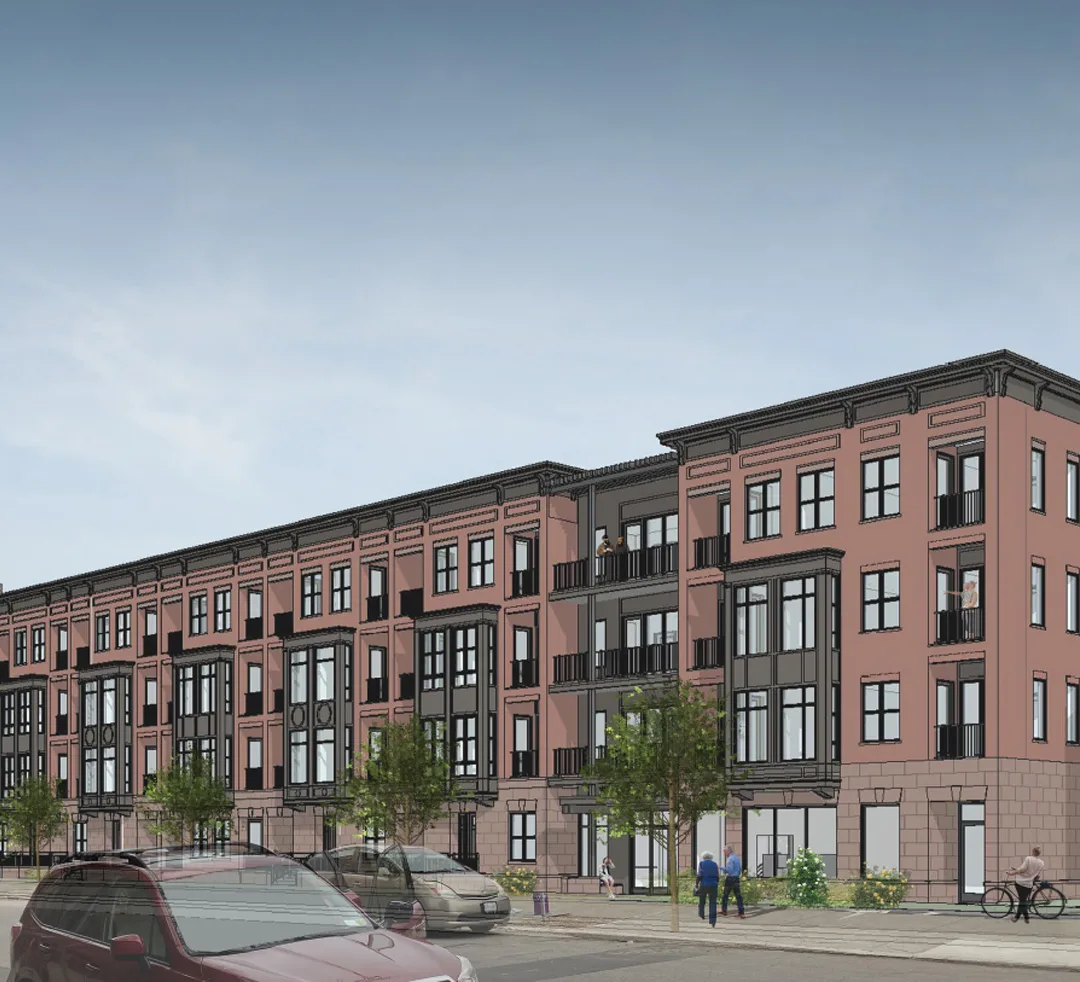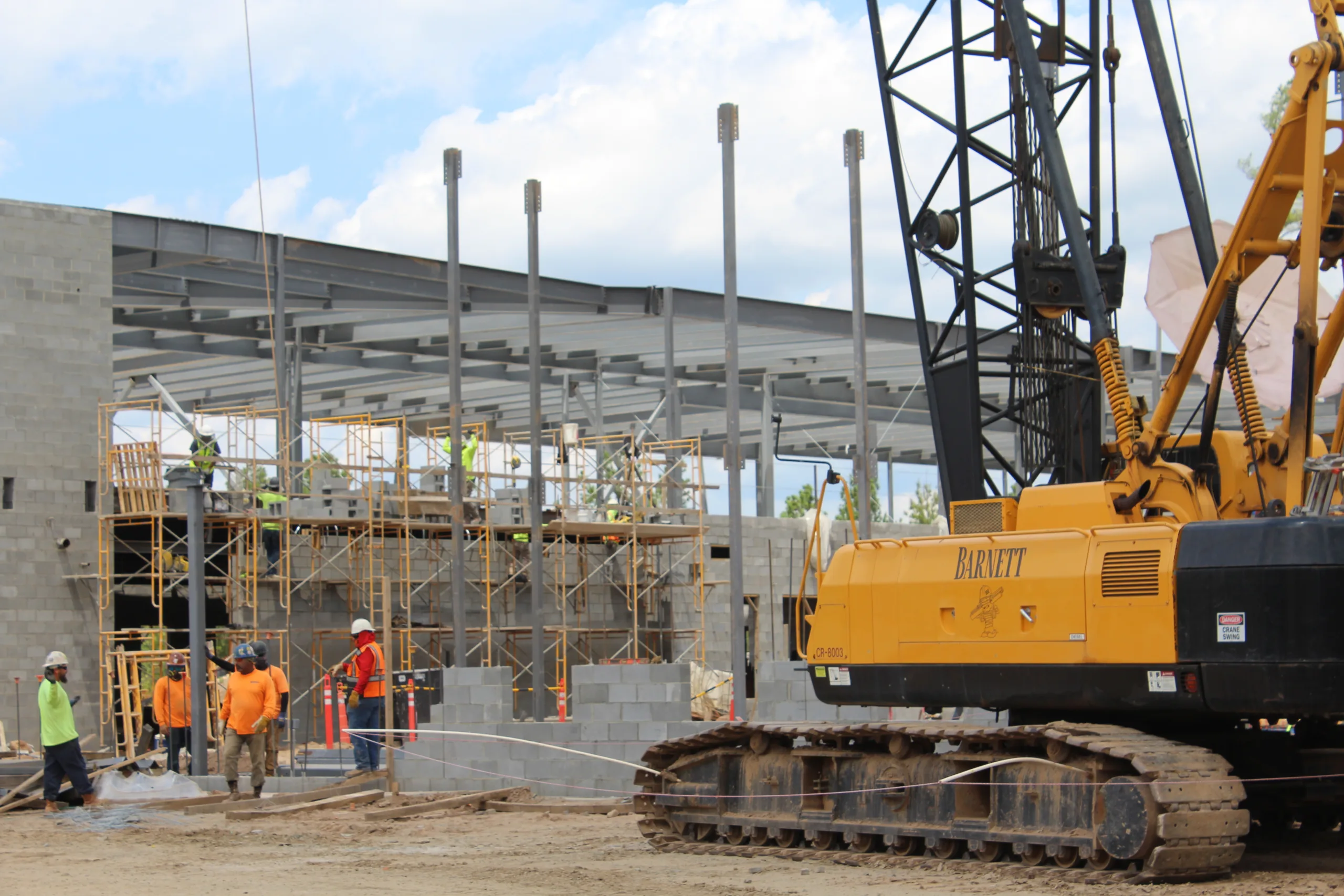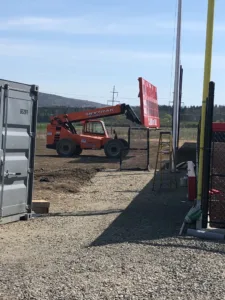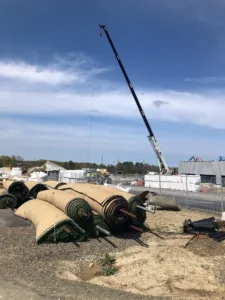Throughout the week, we’ll be sharing project stories related to green building. Our aim is to initiate meaningful conversations, drive innovation, and underscore the numerous benefits of having an eco-conscious approach.
1818 5th Avenue
LeChase is currently working with Rosenblum Development on a passive house multifamily project located at 1818 5th Avenue in Troy, NY. This NYSERDA Buildings of Excellence project will use fully electrified systems combined with an air-tight building envelope, smart controls, and a planned rooftop solar PV array to achieve Passive House Institute U.S. (Phius) CORE certification.
Phius certification is a voluntary energy-efficiency standard for ultra-low energy buildings that are also more comfortable and resilient. Passive house is an important strategy in efforts to combat climate change – helping create a future where buildings not only meet our needs, but those of our planet as well.
Durham Public Schools – Murray-Massenburg Elementary
At LeChase, we strive to not only build projects, but also to create spaces that promote well-being. Durham Public Schools have taken well-being to a new level with Murray-Massenburg Elementary – a school designed and constructed according to WELL standards. A performance-based system, WELL measures and monitors features of the built environment – including light, air quality, thermal comfort and sound – that impact human health and well-being.
The Murray-Massenburg school is projecting to obtain “Gold” Certification.
Cornell University
Every step toward sustainability counts. Reusing materials is one action that can have significant impact by conserving valuable resources and reducing the carbon footprint associated with manufacturing new materials.
For construction of the four-story, 135,000-SF Bowers College of Computing and Information Science building at Cornell University, our first challenge was relocating the Hoy Baseball Field to a new site. Our commitment to sustainability led us to repurpose several items:
- The scoreboard was successfully moved to the new field.
- The stone beneath the field found new life as excavation backfill material.
- Turf from the field was repurposed for use at other locations.
- Trees removed during the relocation were repurposed as mulch.
- Bleachers were thoughtfully disassembled and donated to a local school, extending their useful life.
These actions demonstrate the positive impact that reusing materials can have on both the environment and the community. We remain committed to sustainable practices in all our projects, recognizing that even small steps can contribute to a greener future.






